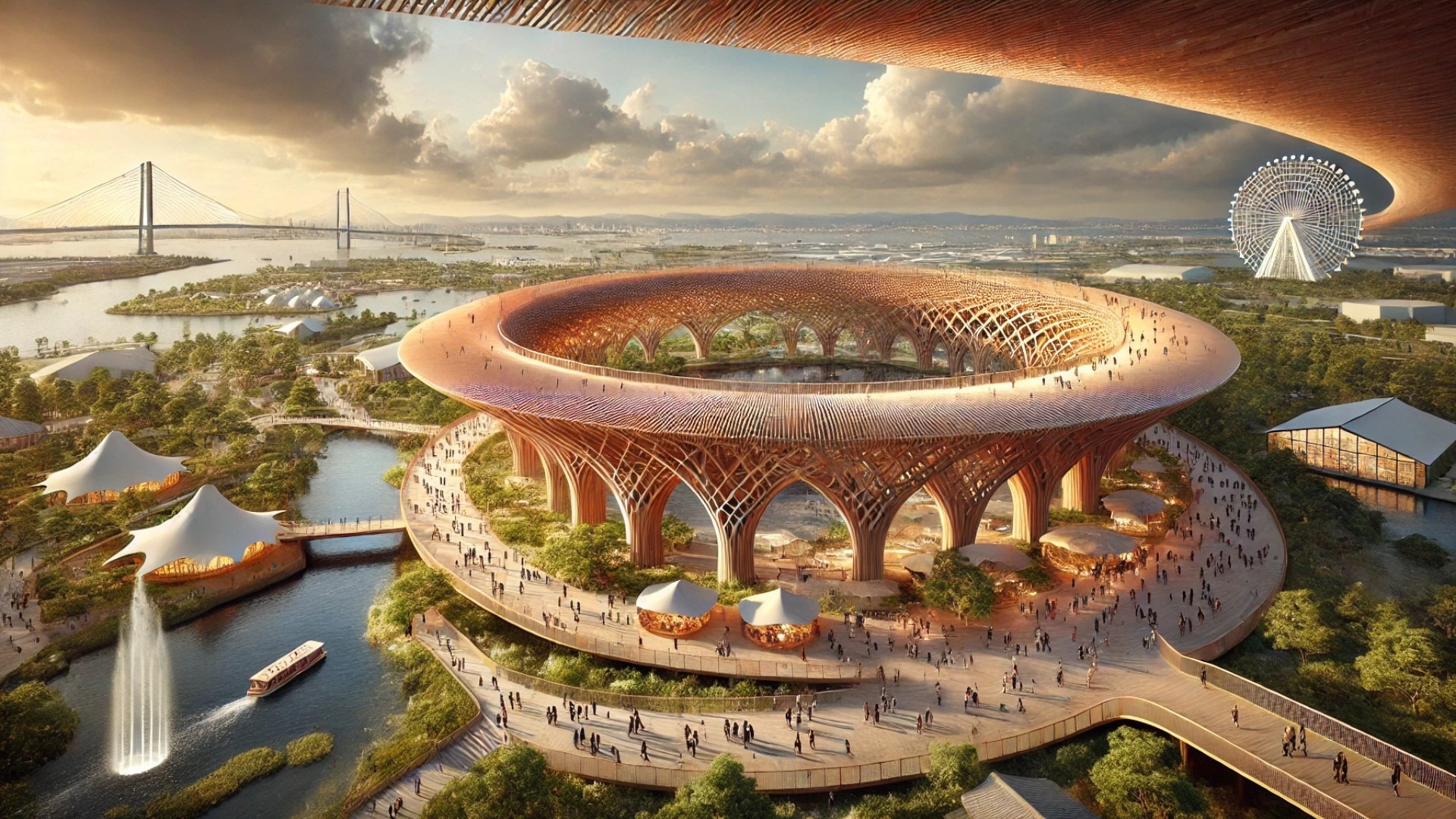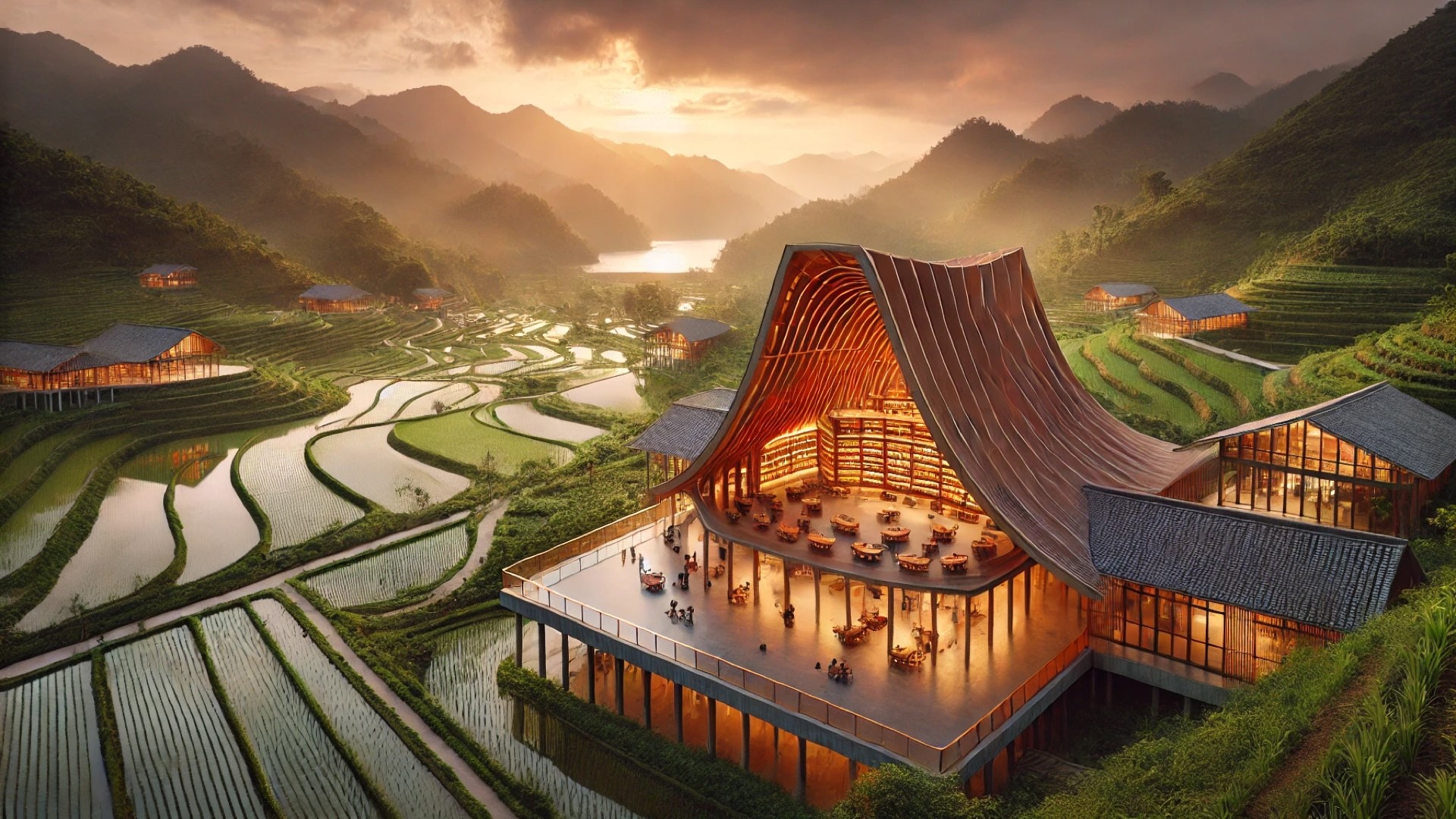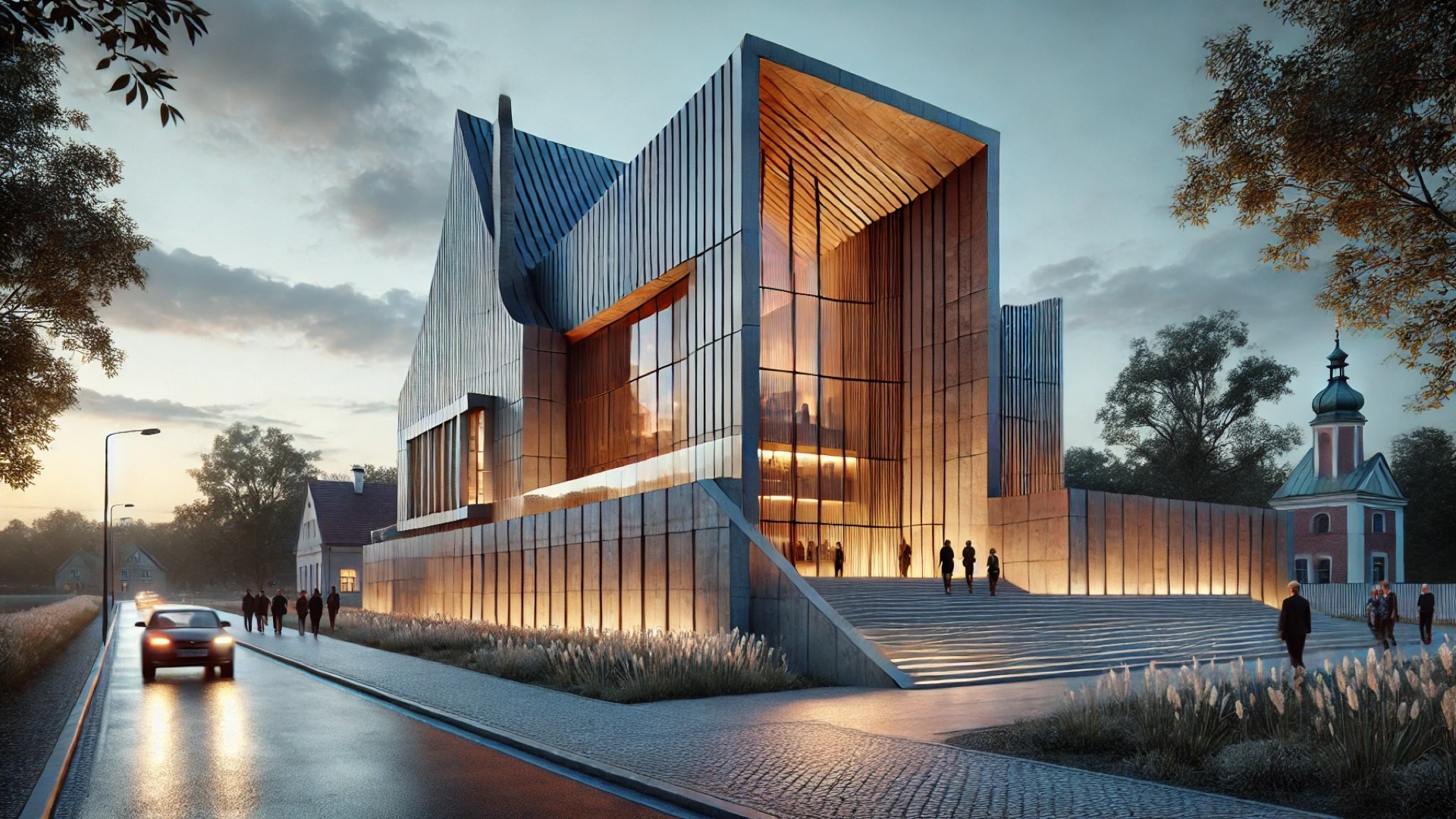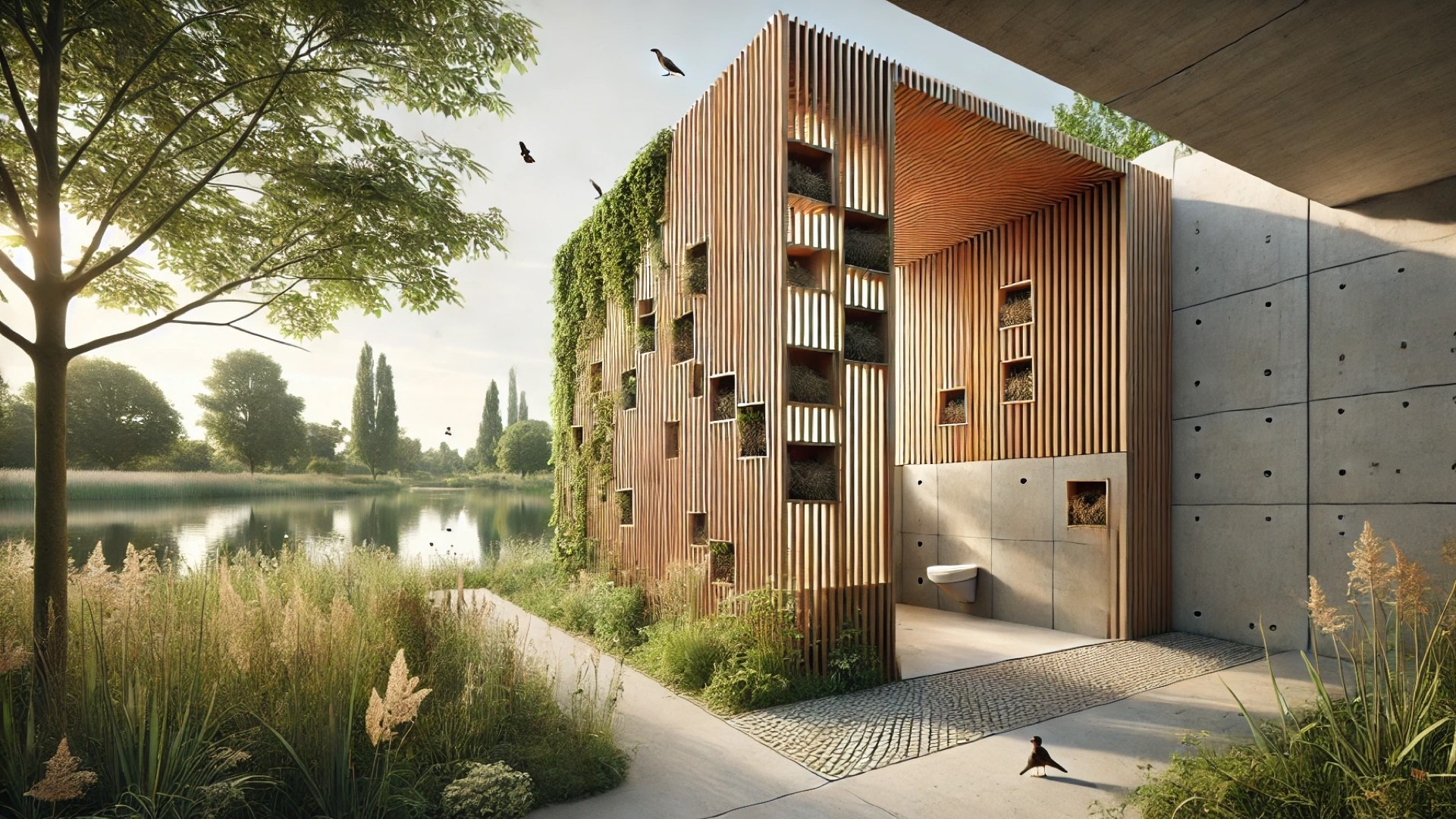
The Grand Ring: A Marvel of Modern Architecture
In a groundbreaking display of artistry and engineering, Sou Fujimoto's Grand Ring at Expo 2025 Osaka is making waves as the largest timber structure ever built. Stretching a remarkable 2 kilometers around Yumeshima Island, this massive creation redefines the boundaries of architectural design, offering not just a feast for the eyes but also a celebration of collective experiences. Renowned photographer William Mulvihill has captured this awe-inspiring work in stunning detail, bringing to life its intricate craftsmanship and monumental scale.
Craftsmanship Meets Innovation
At the heart of the Grand Ring's design is its unique blend of traditional craftsmanship and contemporary engineering. The structure is composed of local Japanese sugi cedar, hinoki cypress, and Scots pine glulam, all meticulously joined using age-old nuki joinery techniques. This meticulous attention to detail doesn't just highlight Fujimoto’s reverence for heritage; it also equips the building to endure the seismic challenges that Japan is known for. This remarkable merging of past and present is what makes the Grand Ring not just a building, but a landmark of cultural significance.
Emphasizing Community and Nature
Fujimoto has beautifully articulated that the Grand Ring serves as 'a symbol of our times.' It’s a circular space designed not just for individual enjoyment, but to promote communal experience and ecological mindfulness. Visitors can seek shelter from the sun and rain underneath its expansive wooden canopy while simultaneously enjoying breathtaking panoramic views of the Expo site and the calm waters of Osaka Bay from the skywalk above. This unique design allows guests to feel both connected to nature and the vibrant human energy of the event, establishing a new standard for public spaces.
The Architectural Landscape of Expo 2025
The Grand Ring is seen as the circulatory heart of Expo 2025, linking various national pavilions and performance venues. This ambitious project aligns with current architectural trends that seek to elevate public interaction while respecting the environment. As Mulvihill's recent photography series documents, the Grand Ring's vast footprint and intricate timber lattice not only serve aesthetic values but also exemplify sustainable luxury and a commitment to craftsmanship.
Future Trends in Architecture
The impressive features of Sou Fujimoto's Grand Ring point to an encouraging trend in architecture: structures that prioritize the environment while fostering community. As global climates change, the push for sustainable designs will continue, inspiring architects and engineers to think outside the box and redefine norms. Just as the Grand Ring embodies these shifts in thinking, it challenges future architects to harness traditional techniques for modern needs.
As the world soon gathers in Osaka, the Grand Ring will undoubtedly become a centerpiece for discussions not just about architecture, but about the collective future of our built environments.
 Add Row
Add Row  Add
Add 




Write A Comment